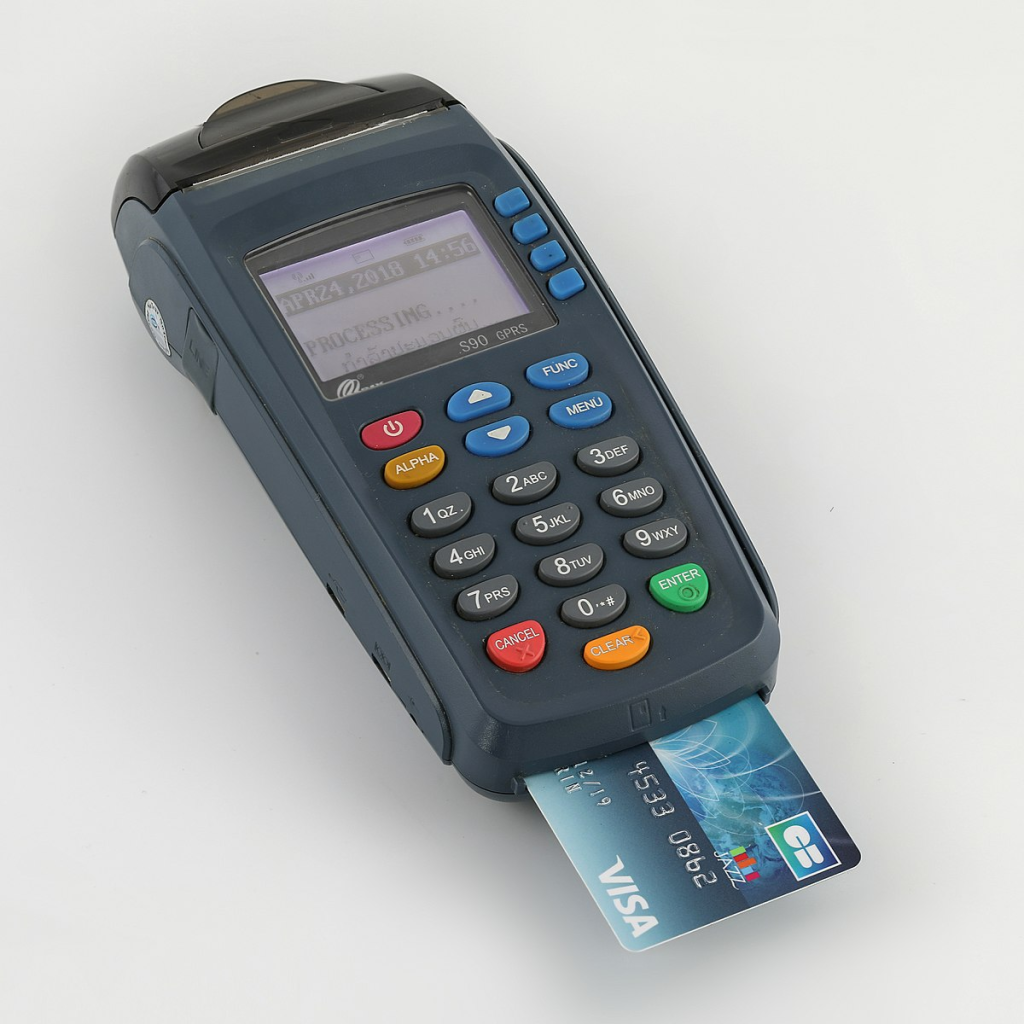Empower Merchants: The Seller’s Handbook on Credit Card Machines
Offering charge card models requires moving the dynamic landscape of economic engineering, knowledge the changing wants of firms, and offering options that improve effectiveness and customer experience. As a seller, it’s important to put credit card models not only as exchange resources but as integral components of a contemporary, structured organization operation.
Among the important major points in selling bank card products is showing the huge benefits they bring to businesses. These machines allow secure and easy transactions, flexible a variety of cost techniques from old-fashioned card swipes to contactless funds and chip inserts. Focusing the speed and reliability of the transactions is vital, particularly in a global where customers assume seamless and fast payment processes.
Along with transactional efficiency, sellers must underscore the safety characteristics stuck in modern credit card machines. With increasing considerations about data breaches and fraud, corporations are eager on adopting solutions that prioritize the protection of financial transactions. Bank card products designed with security engineering and submission with market requirements offer a protected environment for both organizations and their customers.
Knowledge the diverse needs of firms is paramount in selling credit card machines. Different industries may possibly involve particular functions, such as supply administration integration, hint processing for restaurants, or recurring billing for membership services. Customizing options based on the special needs of each customer fosters trust and guarantees that the charge card equipment aligns effortlessly making use of their operational processes.
More over, vendors need to stay informed about the latest developments in charge card device technology. Including understanding of emerging trends such as for example portable payment options, electronic wallets, and the integration of artificial intelligence in cost systems. Showing a comprehensive understanding of the ever-evolving fintech landscape instills self-confidence in clients, guaranteeing them that the alternatives offered are at the front of market innovation.
Creating solid associations with customers is a built-in facet of effective charge card device sales. This implies not only knowledge their quick wants but also anticipating potential demands as their corporations grow. Establishing continuing connection channels and giving receptive customer service donate to an optimistic and enduring partnership.
Educating customers about the cost-effectiveness of bank card devices is yet another crucial part of the offering process. While there might be a preliminary expense, emphasizing the long-term savings from paid off cash handling, minimized human problems, and improved transaction quantities may sway businesses toward recognizing the value of these products as strategic assets as opposed to pure expenses.
Lastly, suppliers should consider offering comprehensive training and onboarding help to clients adopting credit card devices for the very first time or shifting to how to sell credit card machines systems. That assures a smooth integration method, decreases disruptions to day-to-day procedures, and boosts the benefits of the brand new technology. Giving continuing education opportunities also positions suppliers as useful associates committed to the success of the clients.

In summary, offering charge card models takes a multi-faceted strategy that includes scientific knowledge, a strong knowledge of client wants, and successful connection skills. By placing charge card products as major resources that improve safety, performance, and client satisfaction, dealers subscribe to the modernization and achievement of corporations across numerous industries.